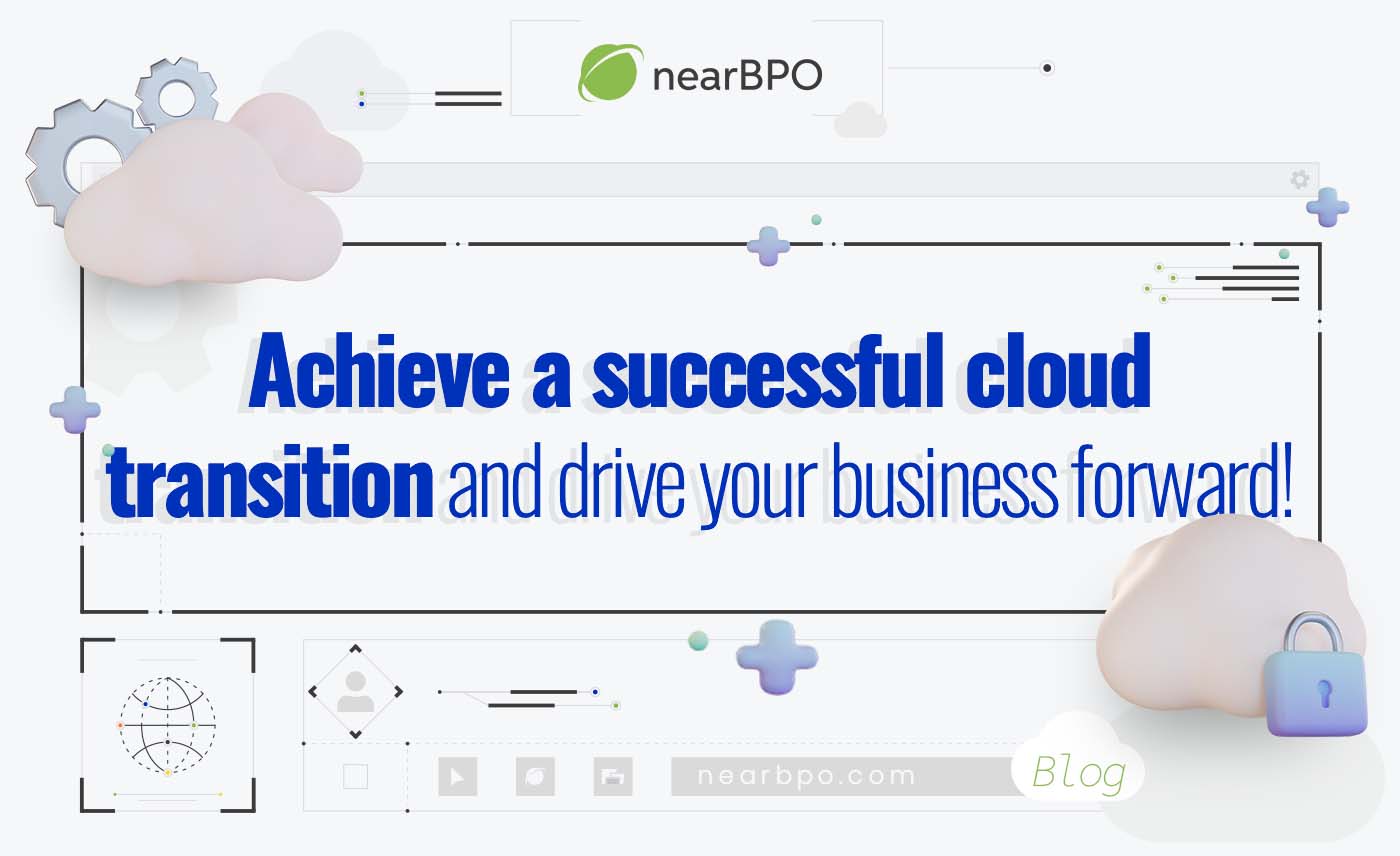As technological advancements continue, cutting-edge cloud-native technologies, including artificial intelligence (AI), machine learning, and automation, are progressively surfacing. Consequently, non-cloud-based legacy systems can present a formidable challenge when considering the adoption of these innovative technologies.
For those seeking to attain digital transformation and foster a rapidly expanding, innovative business, it becomes imperative to enhance your infrastructure. This involves strategically migrating your digital assets, covering servers, data, and applications, to a cloud-based environment.
Evaluating your applications and workloads is a crucial step in ascertaining the most suitable cloud solution for your needs, whether it be a public, private, hybrid, or multi-cloud environment. An increasing number of organizations, regardless of their scale, have embarked on the migration of their applications to public cloud infrastructures. Leveraging the expertise of seasoned advisors during this process proves to be the most streamlined and secure approach to successful implementation.
The primary benefits of transitioning to the cloud comprise:
- Continuous Availability (24×7)
- Operational Cost Efficiency: Realizing substantial savings on operational costs, including server maintenance, hardware, and software expenses – you only pay for what you use.
- Scalability, responsiveness to periods of heightened demand,
- Resilient Recovery: Facilitating rapid restoration and continuity of services in the event of service disruptions.
- Time Optimization: Eliminating the need for constant updates
- Increased security, depending on your cloud provider. That’s why we recommend Google Cloud.
Here is a guide to successfully migrate to the cloud and take advantage of all the benefits that cloud computing offers, regardless of the size of your company:
- Define your growth goals: Before starting the migration, determine your short-term and long-term objectives and how the cloud can help you achieve them.
- Research available tools: Learn about different cloud solutions and the benefits they can offer, taking into account your specific needs.
- Seek expert advice: Contact specialized consultants to get a comprehensive assessment of your needs and the best migration strategy, including the choice of cloud providers, and work together to develop the migration plan.
- Choose the best option: Once you have analyzed your options together, select the cloud platform that best aligns with your goals and requirements.
- Train your team on the new platform and begin implementing the cloud solution gradually and in a planned manner.
Take advantage of all the benefits that Google Cloud’s cloud services offer to drive your adaptation and growth in response to market changes. Google Cloud Platform provides infrastructure as a service, platform as a service, and serverless computing environments that address the following emerging needs:
- Modernize your workloads on a world-class infrastructure.
- Protect your data with multi-layered security.
- Drive decision-making with intelligent analytics.
- Enable hybrid and multi-cloud adaptability without vendor dependency.
With the assistance and training of an experienced partner, your migration will be a success! Near BPO is a distinguished partner of Google Cloud, and as part of this alliance, we offer services and product sales. Request information here.


